|
In many of my media-studies courses, we usually begin by underlining the idea that all communication is mediated. Some students initially resist this. They see conversation and face-to-face interactions as direct, unmanaged, unmediated — communing rather than communicating. Once we get going, though, they learn to see the mediation in play even here: gestures and visuals, language itself, social forces, and the very spaces of interaction. There is no mind meld. There’s always a mediator.
Many emerging media, however, would like their users to think like those hesitant students — to experience the pre-programmed interactions of their technologies as unmediated, to ignore the inherent and carefully managed structure of the encounter, to assume that the communication is direct and free of outside influence. Thus the rapid development of digital channels that seem more “natural.” ChatGPT and other AI systems free users from having to learn a particular communication code; instead of mastering the art of the Boolean query in order to maximize Google results, ChatGPT speaks our language, as it were. Ask it a complete, “normal” question, and receive an almost human response rather than formatted results. Siri, Alexa, and other voice assistants create seemingly interpersonal encounters via natural language, as if we’re conversing easily with another subject rather than interrogating a bot. Only when the systems make mistakes do they become more visible in the exchange and remind us that, oh right, I’m talking to a machine. To further understand this kind of situation — and especially in the context of my investigations related to digital holograms, which only succeed as communication if their mediating apparatus is similarly hidden from the user’s experience — it may be useful to adopt a theory that was coined in the context of literature and art and adapt it within media studies: demediation.
0 Comments
Last day of Media History class, and I threw ’em a one-two punch. First, we read some of Vilém Flusser’s intentionally provocative media philosophy — where he claims that the age of writing is ending. Then, per the 21C prof handbook, we pivoted to a YouTube video (above) about hip-hop writing practices. The class basically started with writing — what was it? what is it? what does it do? — so I wanted to bookend the semester by circling back. After spending the second half of the term immersed in mostly electronic media, indeed, what’s the status of this allegedly foundational linear-narrative form? A new journal article of mine is now published: "Rock and Roll Will Never Die: Holograms and the Spectrality of Performance" in the spring issue of Spectator, the film-studies journal at USC. The work extends a conference presentation I gave at USC's First Forum in 2021. The abstract: In 2012, the rapper Tupac Shakur performed in the top slot at a major music festival — an event only notable because he had died 16 years earlier. The performance was made possible by a 21st-century digital upgrade of a 19th-century stage illusion called Pepper’s Ghost, and it ushered in a trend of creating and presenting similar “hologram” performances of posthumous pop stars. This article offers an explanation of what is seen in such a performance, examining the simulation of 3D video imagery designed to veil its mediation in order for its subject to appear unmediated, present, and “real.” Ultimately, I claim that these illusions are contemporary séances — a revival of historically spiritualist practices but one in which what is conjured is actually the deceased’s previously existing performing persona, as the concept has been extended by Philip Auslander. This cultural entity (distinct from the body and able to outlive it) is offered a new embodiment within a media system that restores the immaterial entity to the material space of the stage — a context previously off limits to the dead performer. Read the article here!
In this week’s episode of the CBS crime drama NCIS, detectives interview an unusual person of interest in a murder case: the victim herself.
Older narratives might have made this possible via a traditional spiritualist séance, with interested parties holding hands around a table as Madame Blavatsky channeled the spirit of the dead in order to ask directly, “Whodunnit?” In today’s séances, however, the medium has become digital media: complex technical imagery systems that archive a person’s likeness and prerecorded messages intended to be posthumously played back for survivors. Several such apparatuses exist already, though most are still in experimental and prototype stages. This NCIS episode, however, brings to the broader public a fairly accurate depiction of what such “holograms” currently look and seem like, as well as providing some early fodder for conversations about how they might be integrated into social realities. That is, people often ask, “Why in the world would you make a hologram of yourself?” Here’s a pop-culture text that starts grappling with a few real answers. I've written before here about David Gunkel's research and thoughts on the social rights of robots. He's now summed up the many arguments for and against — and contributed his own, based on the philosophy of Levinas — in a new book, Robot Rights, from MIT Press. I jumped at the chance to review it, and it's finally published online.
And, hey, Gunkel referred to my review as "positively brilliant"! I think I possess the very opposite of a macabre personality, but I’m thinking a lot today — in grave detail, shall we say — about my father’s corpse. Writing about Facebook profiles as memorials to the dead, Patrick Stokes notes that “our social identities are not necessarily coextensive with the biological life of the individual human organism with which they are associated, and thus it is not the memory of the dead person that is being honored and sustained through this form of memorialization, but some dimension or extension of the dead person themselves” (367). This is part of a growing body of literature that has coalesced around the agency of the dead — an agency facilitated specifically through durable, mediated representations of formerly living bodies.
My research is rooted in a sizable patch of this, but I’m commenting on some of it here because of a couple of nifty examples encountered just this week — mediated, shared, and hyped performances by two public figures who are no longer alive. (Warning: a few minor “Rogue One” spoilers lie ahead.) When researching and writing about (or designing and producing) hologram simulations, there’s always an initial coming-to-terms with the terms.
When I analyzed the discourses of simulation designers, nearly all of them made some attempt to square and/or pare the language of their field. Designers and artists usually opened interviews with this, eager to make sure I understood that while we call these things “holograms” they’re not actual holography. “The words ‘hologram’ and ‘3D,’ like the word ‘love,’ are some of the most abused words in the industry,” one commercial developer told me. Michel Lemieux at Canada’s 4D Art echoed a common refrain: “A lot of people call it holography. At the beginning, 20 years ago, I was kind of always saying, ‘No, no, it’s not holography.’ And then I said to myself, ‘You know, if you want to call it holography, there’s no problem.’” In my own talks and presentations, I’ve let go of the constant scare-quotes. The Tupac “hologram” has graduated to just being a hologram. It gets stickier when we begin parsing the myriad and important differences between virtual reality (VR) and augmented reality (AR). Many of us think we have an understanding of both, largely as a result of exposure to special effects in movies and TV — where the concept of a hologram underwent its most radical evolution, from a mere technologically produced semi-static 3D image to a computer-projected, real-time, fully embodied and interactive communication medium — but it’s AR people usually grasp more than VR. They’ll say “virtual reality,” but they’ll describe Princess Leia’s message, the haptic digital displays in “Minority Report,” or the digital doctor on “Star Trek: Voyager.” Neither of these are VR, in which the user dons cumbersome gear to transport her presence into a world inside a machine (think William Gibson’s cyberspace or jacking into “The Matrix”); they are AR, which overlays digital information onto existing physical space. Yet both VR and AR refer to technologies requiring the user to user some sort of eyewear — the physical reality-blinding goggles of OculusRift (VR) or the physical reality-enhancing eye-shield of HoloLens (AR). Volumetric holograms — fully three-dimensional, projected digital imagery occupying real space — remain a “Holy Grail” (see Poon 2006, xiii) in tech development, and we may need a new term with which to label that experience. One developer just coined one. Saul Bellow was born a hundred years ago today, and people of letters have been spilling a lot of them in appreciation of and retrospection on his considerable work as a very American novelist. As it happens, this spring is also the centenary of a pivotal moment in those same American letters — the expression of a problematic idea that still haunts cultural discourses and one that speaks directly to Bellow’s particular literary tactics: publication of Van Wyck Brooks’ claims about this country’s great divide between “highbrow” and “lowbrow” cultures.
Just a slightly nifty post from the “nothing new under the sun” file: All that fuss over the (never available) Google Glass, all the hype over the (still unavailable) Oculus Rift, all my excited bewilderment over the (only demoed) Microsoft HoloLens — yet these head-mounted augmented-reality displays have been on drawing boards since at least the ’60s.
Just a response to a paper I’ve read related to human-computer interface design — one that hit me where I live, or used to.
“Soylent: A Word Processor with a Crowd Inside” describes a software project that amends the dreaded Microsoft Word with some crowd-sourced editing assistance. “Writing is difficult,” the authors observe — yeah, welcome to my world — before adding: “When we need help with complex cognition and manipulation tasks, we often turn to other people” (1). Sometimes we have support systems in place for this assistance, but sometimes not. The Soylent project crafts just such support for any writer-user, utilizing Mechanical Turk workers to farm out editing, proofreading, and formatting tasks to others. Need someone to read over your paper — because you need suggestions as to what can be cut, because you want to make sure all the proverbial i’s are dotted and t’s crossed, because if you comb through your citations one more time your head will explode — but maybe you’ve called in that favor already or don’t want to risk bothering a colleague? Launch Soylent, which hires its invisible labor force to handle the work for you, perhaps in the dead of a deadline night. What struck me about this project is how it attempts to replicate something electronically that has existed professionally for more than a century: the newsroom. The Tao that can be explained is not the enduring and unchanging Tao.
— Lao Tzu Before beginning my graduate communication studies, I knew I was entering a conflicted field. The fact that every scholar I’ve spoken to or studied with defines communication slightly differently and citing different theoretical perspectives is exciting, not daunting — and, surprisingly, not that confusing. It is large, this field; it contains multitudes. Translation: there’s still much to be done — more than ever, now that the communication of information is a vaunted pillar of modern society — so come on aboard. Thus, a new missive questioning the standing, ambition and overall health of communication scholarship — “Communication Scholars Need to Communicate” by USC Annenberg’s dean, the earnest Ernest J. Wilson III — is merely the latest in a long series of semi-perennial glances toward our brainy navels. The field, it seems, is still fermenting. |
this blahg
I'm THOMAS CONNER, Ph.D. in Communication & STS, and a longtime culture journalist. Categories
All
Archives
June 2024
|
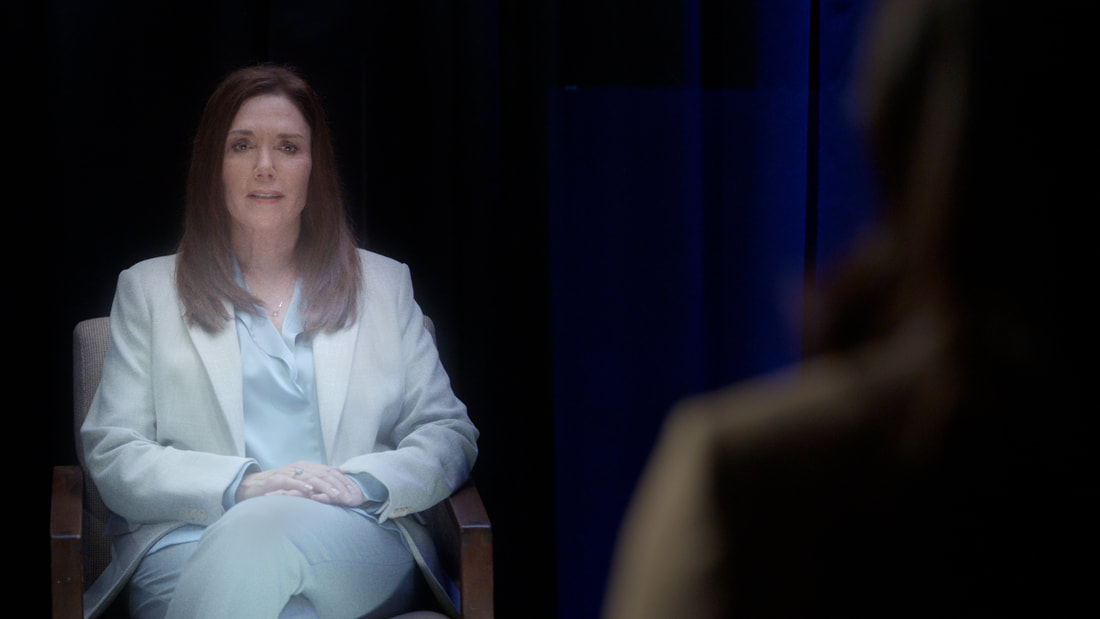
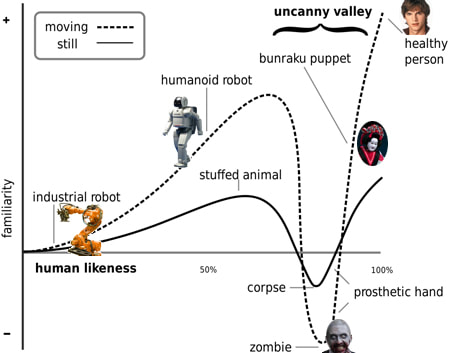
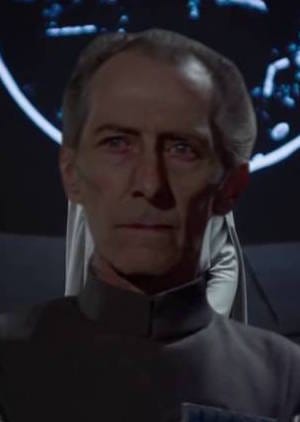
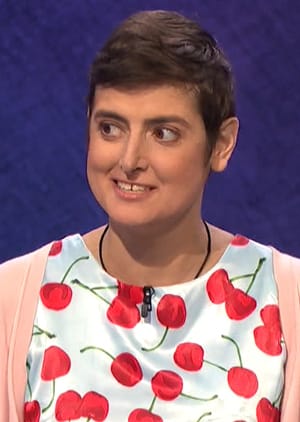
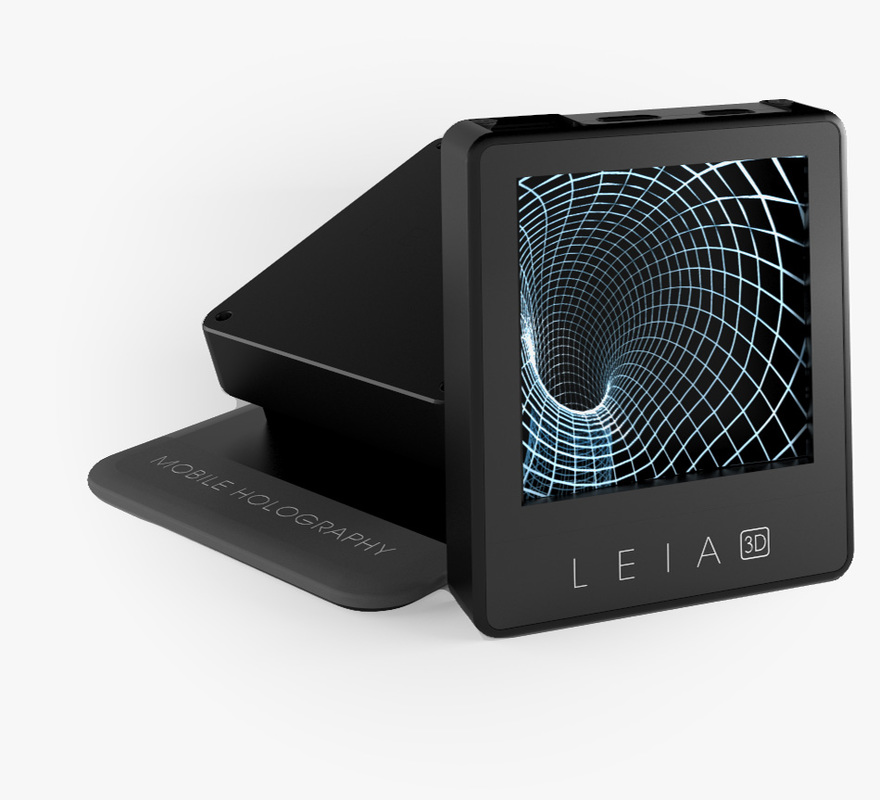


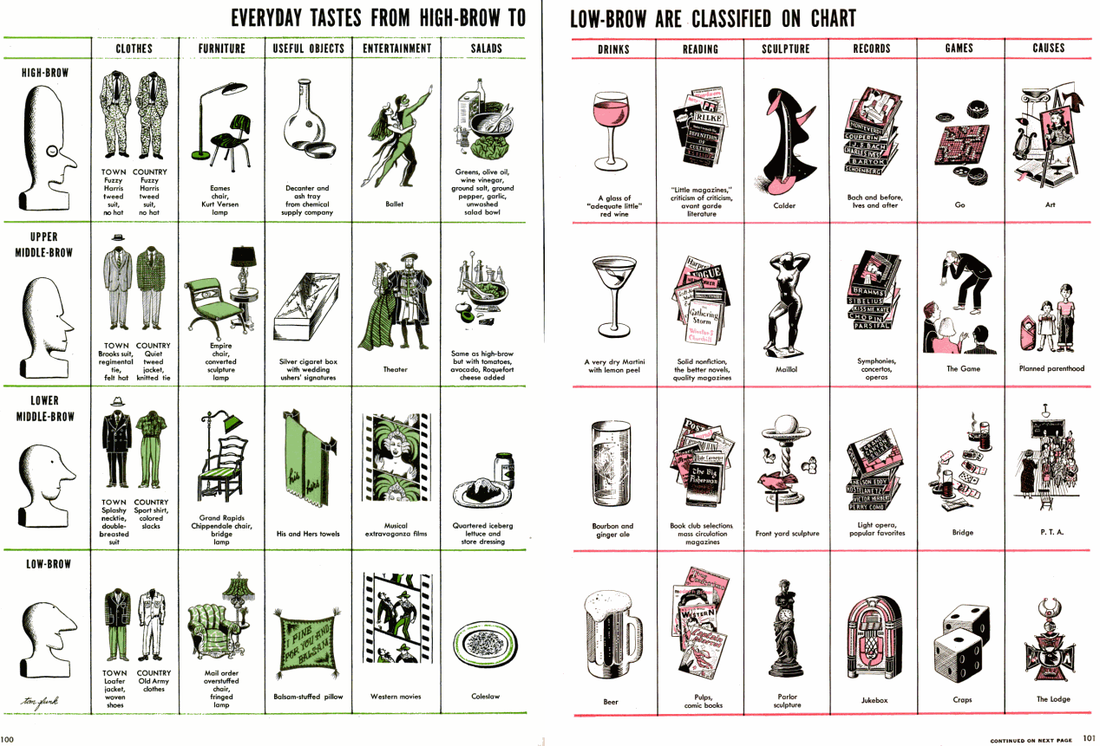
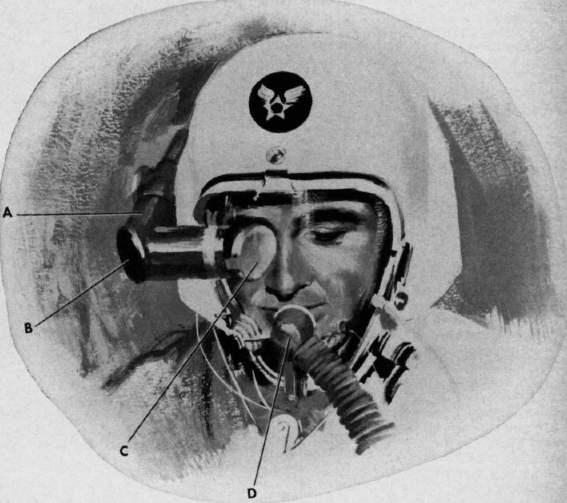

 RSS Feed
RSS Feed